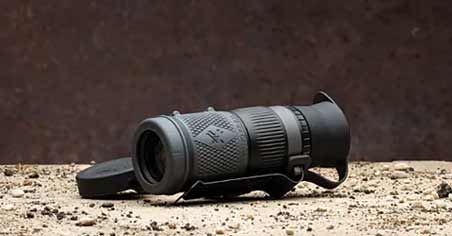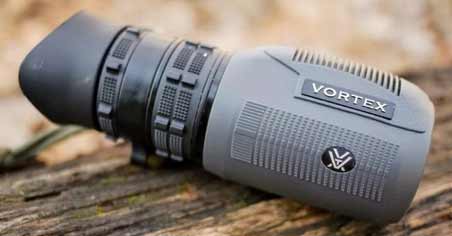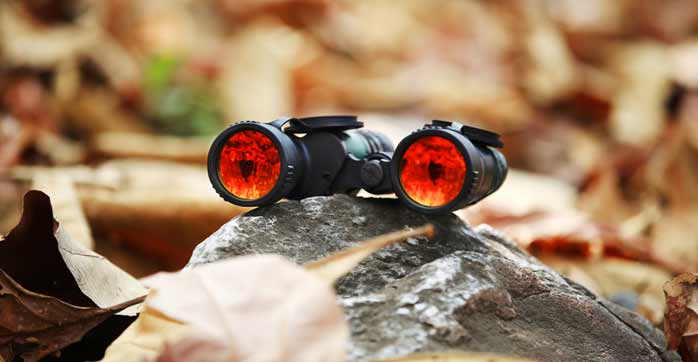Monocular cues and binocular cues are essential to see the images of the objects in our environment clearly. Sometimes monocular cues work well than binocular, and in some conditions, binocular cues work better.
We all use both these cues for visualization, but have you ever thought about how do we use monocular cues and binocular cues in three dimensions? Let me explain; I will provide you the right information to know how we use both cues in three dimensions.
How Do We Use Binocular Cues?

We see the objects in our surroundings in three dimensions; when we see an object with two eyes, we use binocular cues.
- We use binocular cues when we see the world with both eyes from a slightly different angle; that angle is triangulated in our brain to measure the right distance, which is called retinal disparity.
- We also use binocular cues in three dimensions when we rotate our eyes to focus on the seeing object, which helps us identify how far or near the object is.
How Do We Use Monocular Cues?
We use monocular cues in the following ways in three dimensions.
- If we do not know the object’s right size, then we feel the larger object is close to us than the smaller object even they are placed at the same place; it is called absolute size.
- When we observe the rotating objects, it seems that the rotation’s speed is increasing and decreasing when we focus on that object.
- We use monocular cues when we are familiar with the object’s size, which helps us identify the distance of the object from us.
- Monocular cues work when we see the same objects with different textures; they look different.
- When we see the roads’ parallel line when we are driving the vehicle, the more we concentrate and find the difference between the two lines, the distance looks longer to us.
- Natural things such as dust, heat, vapor, fog and other factors affect our vision when we see the objects from a larger distance.
- When we see two objects partially overlap, then the object near seems at a lower distance than the other object.
- If we see the objects from larger distances, it seems blurry and shaky due to natural effectors.
- Monocular cues work when seeing the objects; if we see the objects in the light, these objects seem near to us than those placed in the dark.
- When an object moves closer to our eyes, its size feels increasing, which helps determine the object’s place of movement.

Final Thoughts:
Both monocular and binocular cues help us to see the objects in our environment. We all use them, but we do not know how we use them. We use monocular cues more than binocular cues to see objects in three dimensions. We have provided you detail about how we use these two cues; if you want to explore your knowledge, look at more info.
